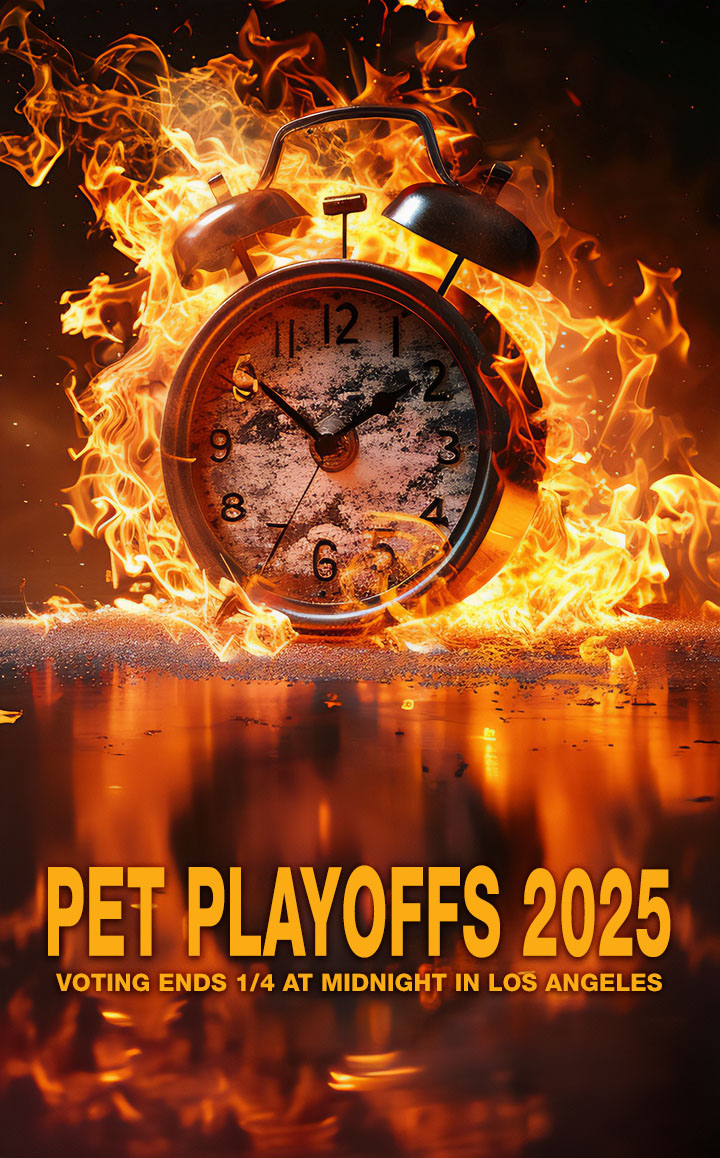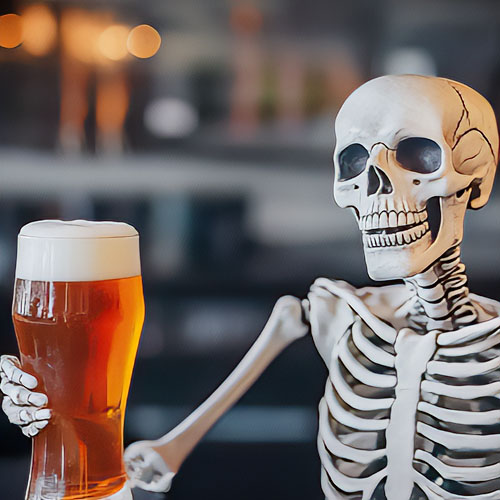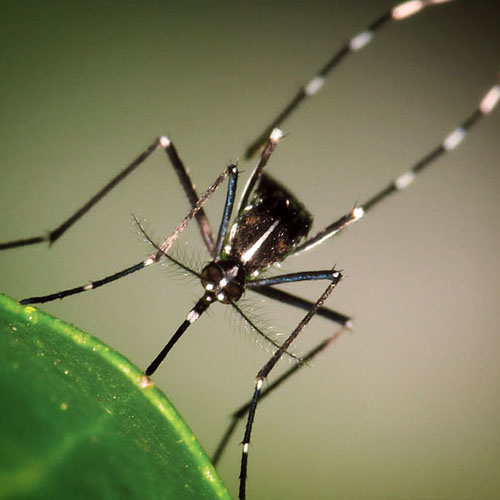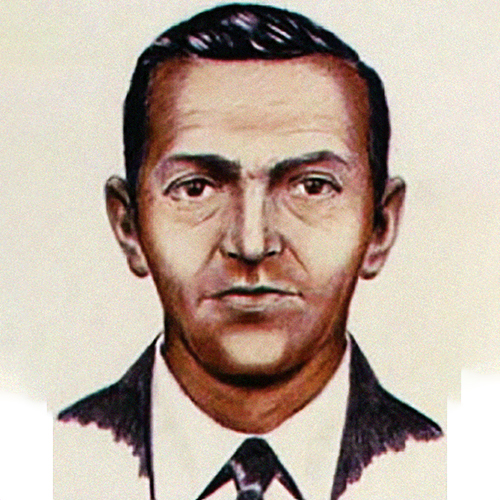Every so often, a new dance craze sweeps the nation.
The first one I remember seeing in person was the Macarena, which showed up out of nowhere and conquered my elementary-school dances swiftly and without mercy. My classmates and I were powerless against it. Even if you hated it, you had no choice but to join in. Today, things are basically the same: If you have kids, odds are one of them has done the Dab or the Floss since you started reading this.
But none of our modern moves are anything compared to the original dance mania — a literal compulsion that swept Europe, off and on, throughout the Middle Ages. For reasons nobody has ever been able to fully explain, large groups of people were suddenly taken with the desire to start dancing, and nothing could compel them to stop. People danced for so long their feet bled. Their ribs broke. Many died from their injuries. All the while screaming in pain and begging for someone, anyone, to figure out what was going on.
The earliest recorded instance of what became known as “the dancing plague” dates back to eleventh-century Germany, when a priest grew angry at a group of people partying outside his church during mass and cursed them to dance without stopping for an entire year as punishment. (They did.) A couple of centuries later, a group of some 200 revelers in the Dutch city of Maastricht started compulsively dancing across a bridge, until said bridge collapsed and drowned them all. Similar spontaneous episodes were recorded in France, Switzerland, and across the Holy Roman Empire.
The most well-known — and best-documented — case of dancing mania, however, took place in the city of Strasbourg (today part of France) in 1518. On a summer’s day, one Frau Troffea stepped out into the middle of the street and, apropos of nothing, started cutting a rug. She kept going and going like that for several days in a row, and it wasn’t long before others joined in. Within a week, there were nearly three dozen people added to the fray, and within a month, roughly 400 people were out dancing in the streets. Local authorities were understandably confused and decided that the only cure was to let the dancing work itself out naturally. They shuffled the dancers into empty guild halls and even hired bands of pipers and drummers to give the event some semblance of normalcy. It didn’t work. Over time, the dancers wore themselves out, and dozens died as a result of strokes, heart attacks, and all-around exhaustion.
It bears repeating that this isn’t an urban legend. Dancing mania has been documented by many reputable sources, and the Strasbourg epidemic, in particular, is supported by local sermons, doctors’ notes, and even contemporaneous writing from its city council. “These outbreaks,” agreed historian John Waller, “represent a real and fascinating enigma.” There were common threads, too. Nearly all of the outbreaks, for instance, took place near one of two rivers: the Rhine and the Moselle. And the dancing plague had all but disappeared by the seventeenth century. So what the hell was going on?
People danced for so long their feet bled. Their ribs broke. Many died. All the while screaming in pain and begging for someone, anyone, to figure out what was going on.
Different theories have circulated over the years. One held that the victims had eaten a particular kind of mold known to grow on rye stalks, which can induce spasms and hallucinations in whoever eats it. Another suspected that the dancers were members of a cult. Another still came out of Italy, where those afflicted were thought to have been bitten by the same species of poisonous wolf spider, causing them to dance in an effort to prevent the venom from fatally mixing with their blood.
These days, historians like Waller believe the dancing plague was actually the result of a trance state, which is known to occur in people exposed to extreme stress, as was certainly the case for the poor, starving, and chronically ill citizens of Strasbourg. At the same time, these populations believed in supernatural forces that could possess their bodies and, say, force them to dance uncontrollably. Put those two factors together and you’ve got a recipe for trouble. It wasn’t until the Reformation came along and challenged Catholicism that the dancing plague suddenly died out, “because the supernaturalist beliefs that fed it gradually disappeared.”
The Macarena doesn’t seem so bad now, does it?




















